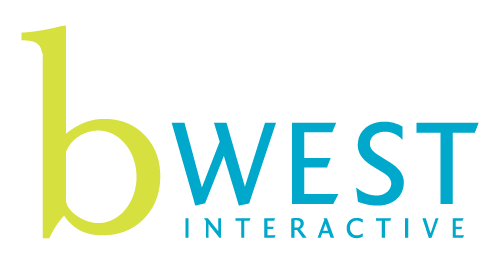I recently had the good fortune to work with a talented management consultant, Terry Rachwalski, President, Front Porch Perspectives Ltd. Terry and I collaborated on and published a white paper designed for Public Relations (PR) professionals and/or Public Information Officers (PIO) who work in the emergency services field.
How Public Information Officers can use the right technology at the right time for the right audience.
Introduction
Preparation is the key to communicating before, during and after an emergency services (police, fire,
first responders) event. Public Relations (PR) professionals and/or Public Information Officers (PIO) who
work in the emergency services field will have prepared contact lists, media kits and undoubtedly are set
to coach their clients though traditional media conferences.
Yet, seasoned emergency services communicators and practitioners know that there are events that
demand disseminating vital information for which the traditional media conference may take too long
and in fact, can do harm to your reputation and communications strategy.
The goal for communicating during an emergency event is to provide facts from a respected and trusted source that can be relied on. We are only too familiar with the slow response and consequences of delay as evidenced in New Orleans during and after Hurricane Katrina. During an emergency event, communicating facts can save lives.
During a recent flood in Fargo, North Dakota, a member of the public posted information about the
height of water to his twitter subscribers. The city used its Facebook account to gather volunteers to
sandbag and save portions of the town. Some cities broadcast text messages to citizens to advise of
evacuation orders, other cities use audio and video media (podcasting) posted to their websites.
The reality is that all these new media tools have a place in emergency services communications – for
targeting particular messages to different target audiences at different stages of emergency events. The
continuum ranges from the micro-blog of Twitter to a full and formal media conference that is scripted
and prepared.
What are the “new” media options for public information officers? This paper briefly introduces the use
of new media during an emergency event.
Please drop me a comment, including your email address, using the comment box below if you would like a free copy of the full whitepaper in PDF format.




1 thought on “Introduction to Social Media Tools for Emergency Services Communications”
Hi Chris,
I’d be interested in reading this white paper.
c